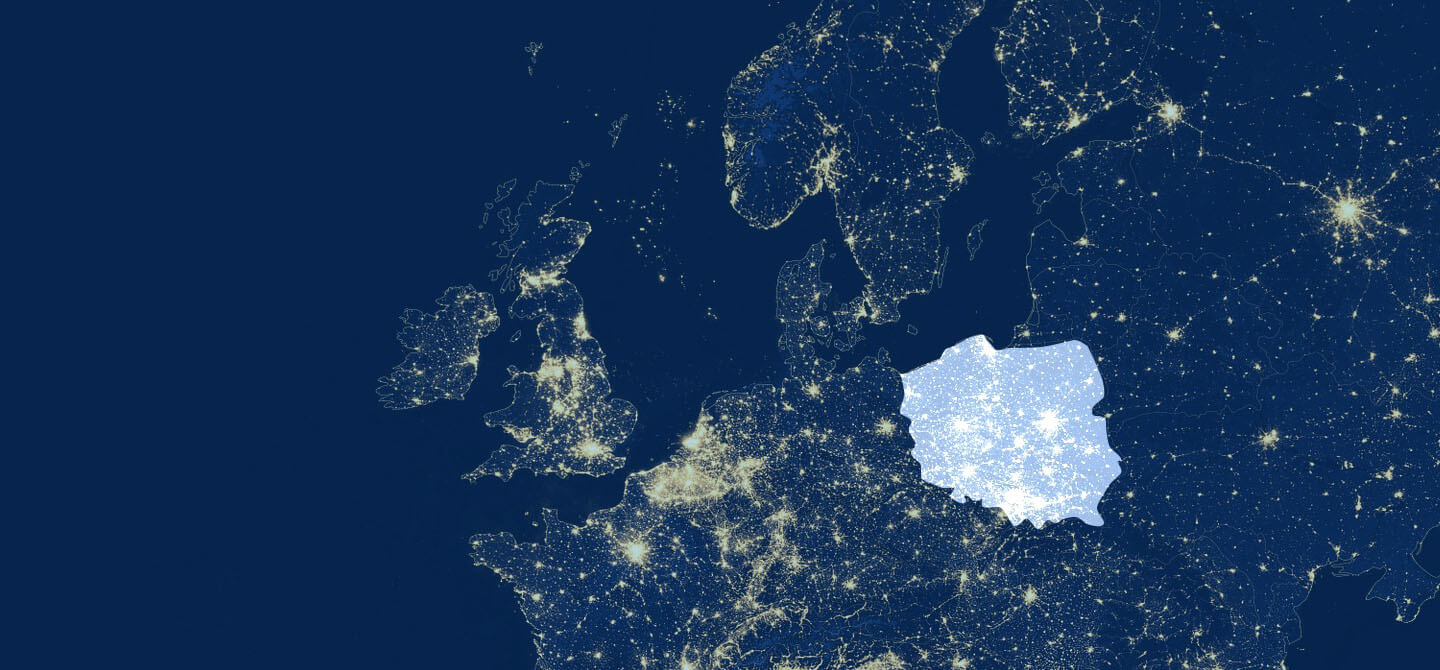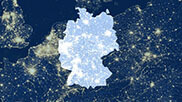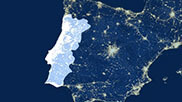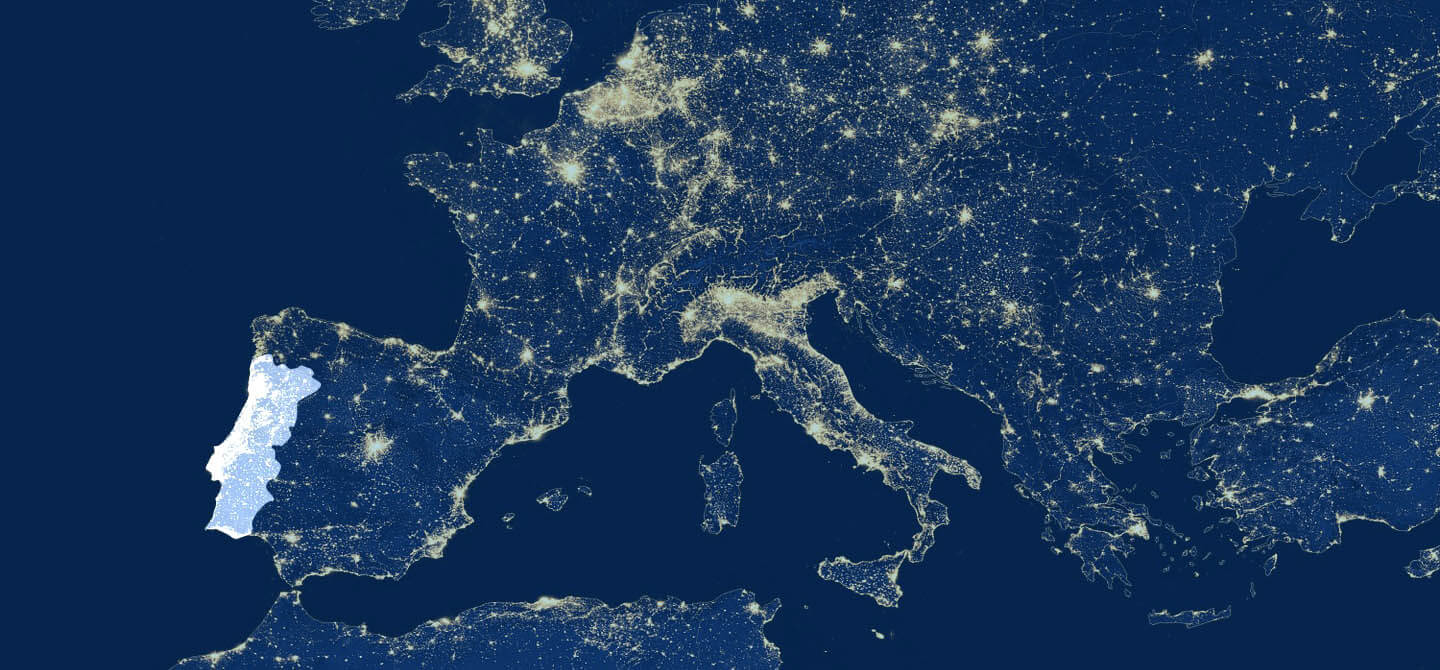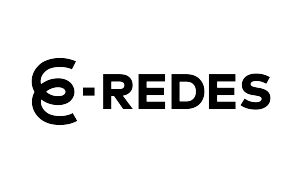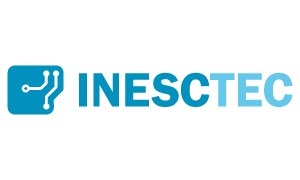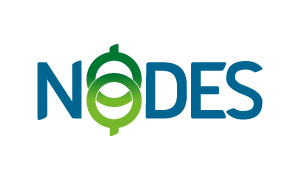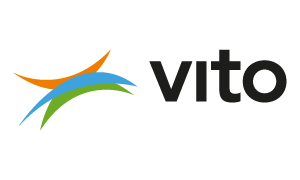Scope
Our energy system will have to continue to integrate large amounts of volatile and fluctuating renewable energy and EV charging facilities, most of which is connected to the distribution grid. At the same time, more and more participants are entering the energy market. Both companies and individuals are transforming from consumers to prosumers, constantly changing roles; sometimes they need energy, sometimes they have some to spare. As a result, the system is becoming more complex, and there is a risk that the grid won’t have hosting capacity for all the produced renewable energy.
EUniversal – an innovative project, a universal approach
The EUniversal project intends to develop a universal interface for activating flexibility, at the request of the Distribution System Operator (E-REDES), through interaction with flexibility markets, capable of monetizing, for the customer, the benefit of the availability of resources.
EUniversal project gathers 19 partners from 8 countries including E-REDES and intends to enable grid customers to participate in flexibility markets and to provide Distribution System Operators (DSOs) with flexibility for their active system management. A win-win situation for both the grid and customers.
The solutions developed within the scope of the EUniversal will be demonstrated in three demonstrators with different distribution networks and different regulatory frameworks. The Portuguese demonstrator aims to validate the developed interface and advanced electrical grid management applications:
- Testing of flexibility markets as an alternative to grid expansion
- Active integration of consumers in congestion management and thus rewarding grid-serving behavior instead of curtailment
- Improved efficiency through digital systems
Development of algorithms forecast of grid constrains and voltage violations with resulting identification of the flexibility needed to solve them.
Main Goals
UMEI – the customer at the center of research
The project is leveraged on the Universal Market Enabling Interface (UMEI) – an open and agnostic interface.
Through the implementation of this interface, EUniversal will promote the transformation of the electricity grid, overcoming its limitations and preparing them to accommodate various future scenarios, namely including the significant increase in the number of electric vehicles and distributed renewable generation.
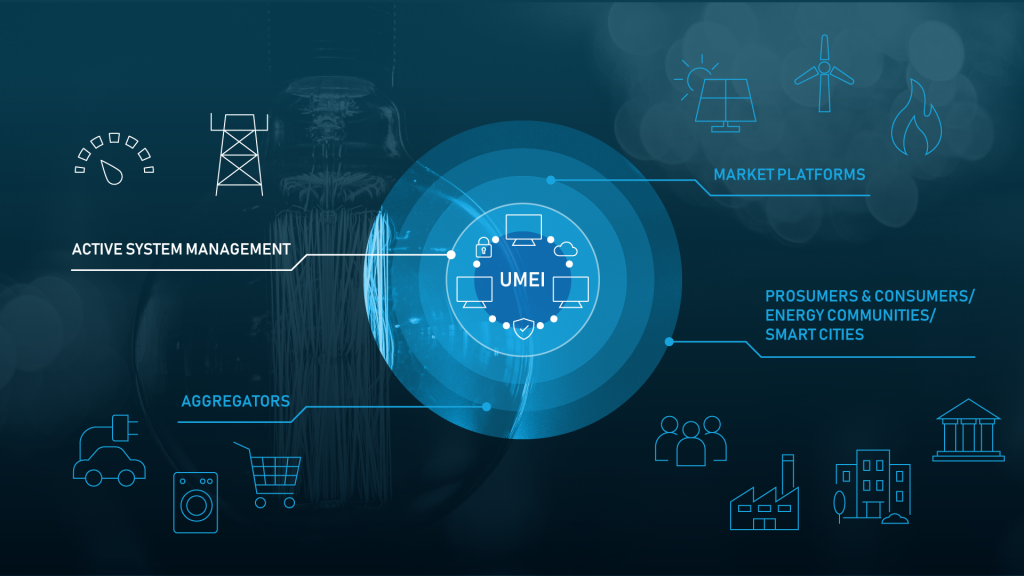
Benefits for customers
- Acquisition of greater knowledge and preparation on the functioning of future flexibility markets that allow them to receive financial returns;
- Access to a report with the estimated potential gains from its participation in this type of market;
- Issuance of a Certificate of Participation in the EUniversal.
Implementation Areas
The demonstration will take place in several locations in mainland Portugal where E-Redes operates, with the participation of Low (LV) and Medium Voltage (MV) Customers:
- Caldas da Rainha – LV and MV customers
- Valverde – LV and MV customers
- Mafra – MV customers + MV Producers
- Alcochete – LV and MV customers
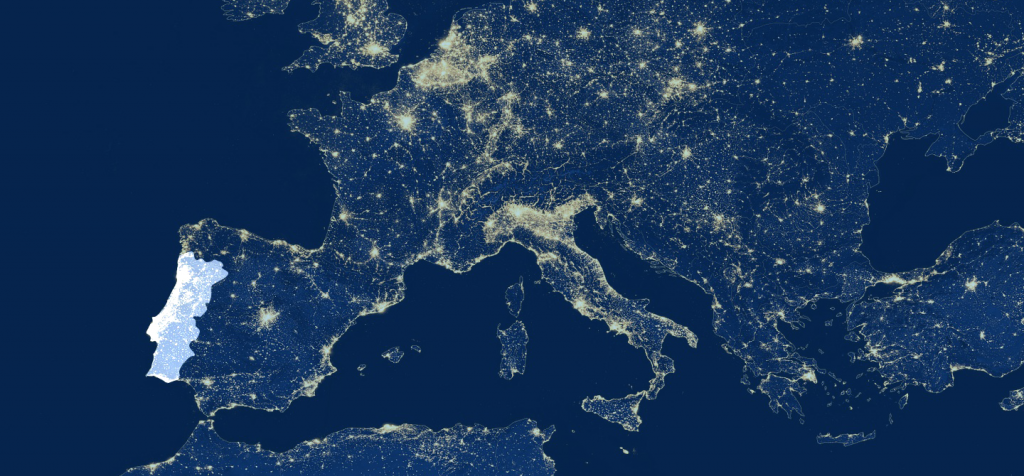
Flexibility Solutions
Flexibility market – optimize costs, maximize benefits
The European Commission has been promoting the emergence of new agents in the electricity sector, namely market platforms and aggregators.
The objective is that the management of customers’ flexibility and respective remuneration is carried out in a competitive market, optimizing the total cost and maximizing the benefit to the consumer/producer.
This is the specific approach that underpins the EUniversal project, which focuses on the market and customers and addresses the paradigm shift in grid operation in order to effectively overcome the challenges posed by the energy transition in an economic and inclusive way.
The EUniversal project will demonstrate the functioning of flexibility management in a market regime, enabling, in the medium term, remuneration solutions to be presented by the Regulator that allow customers to financially benefit from the availability to collaborate in that regime.
Flexibility activation: how?
- The client will authorize E-REDES and partners to have access to its consumption/production data for the purposes of the project.
- Flexibility (consumption/production) will be incorporated into the Aggregator platform (Centrica), according to the availability of each client. The consumption/production history of each customer will allow for the best possible forecast of the period in which it may be available. The customer must indicate the amount (and sign) of flexibility that he intends to make available in each period and the respective duration interval.
- This flexibility will be traded on the market, being matched to the needs of the network operator.
- The demonstration will include the subsequent activation of flexibility (change in consumption or production pattern).
The project does not require any equipment installation. Flexibility validation is done through the load diagram (using the smart meter currently installed).
The activation of flexible features will be carried out in the testing period, scheduled to be carried out in 2022, starting in the second quarter.
The details of the tests to be carried out will be sent to customers as soon as they are defined.
The decision to participate at any time will always be the customer’s.
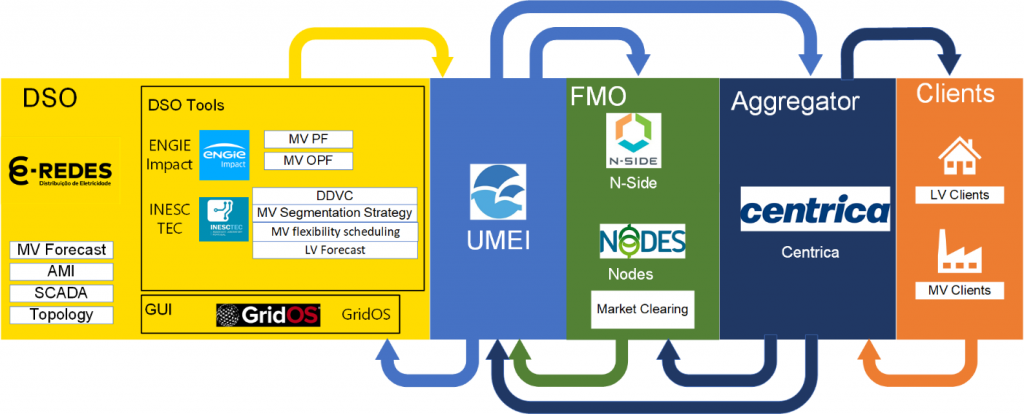
Technologies
Grid processes (E-REDES)
The DSO shares measurement, forecast and grid data for the smart grid tools (b-f) and deploys the system architecture for the development work within the demonstrator.
LV Congestion Forecasting (INESC TEC)
Statistical power flow based tool that uses stochastics and AI techniques to calculate day-ahead the risk for congestion, per feeder and transformer as well as the available headroom.
Data-driven State Estimation (INESC TEC)
Provides a real-time snapshot of the low voltage network, comprising voltage magnitudes and active power injections.
LV flexibility needs assessment tool (INESC TEC)
Calculates the temporal and locational flexibility needs of a distribution grid in a day-ahead setting while reducing network imbalances.
MV PF OPF (Engie Impact)
The objective of the MV multi-period optimal power flow tool (MV OPF) is to find the optimal dispatch of network controllable assets, according to an objective function, while respecting some constraints.
Universal Market Enabling Interface (UMEI)
Offers an open, adaptable, and modular approach to interlink active system management with electricity markets and foster the provision of flexibility services.
Flexibility Market Platform (NODES and N-SIDE)
Serves as a communication and trading environment for buyers and sellers of flexibility, where the price is determined by supply and demand.
Interaction of Assets (CENTRICA)
In order to provide flexibility, the Flexibility Service Provider needs to interact with each flexible asset. This interaction is done with a local communication interface between the device and a home energy management gateway.
Project Timeline
-
Conclusion of the recruitment of Participants
March 2022 -
Activation of flexible features with customers
July 2022
Meet the other Demo Projects

Germany
